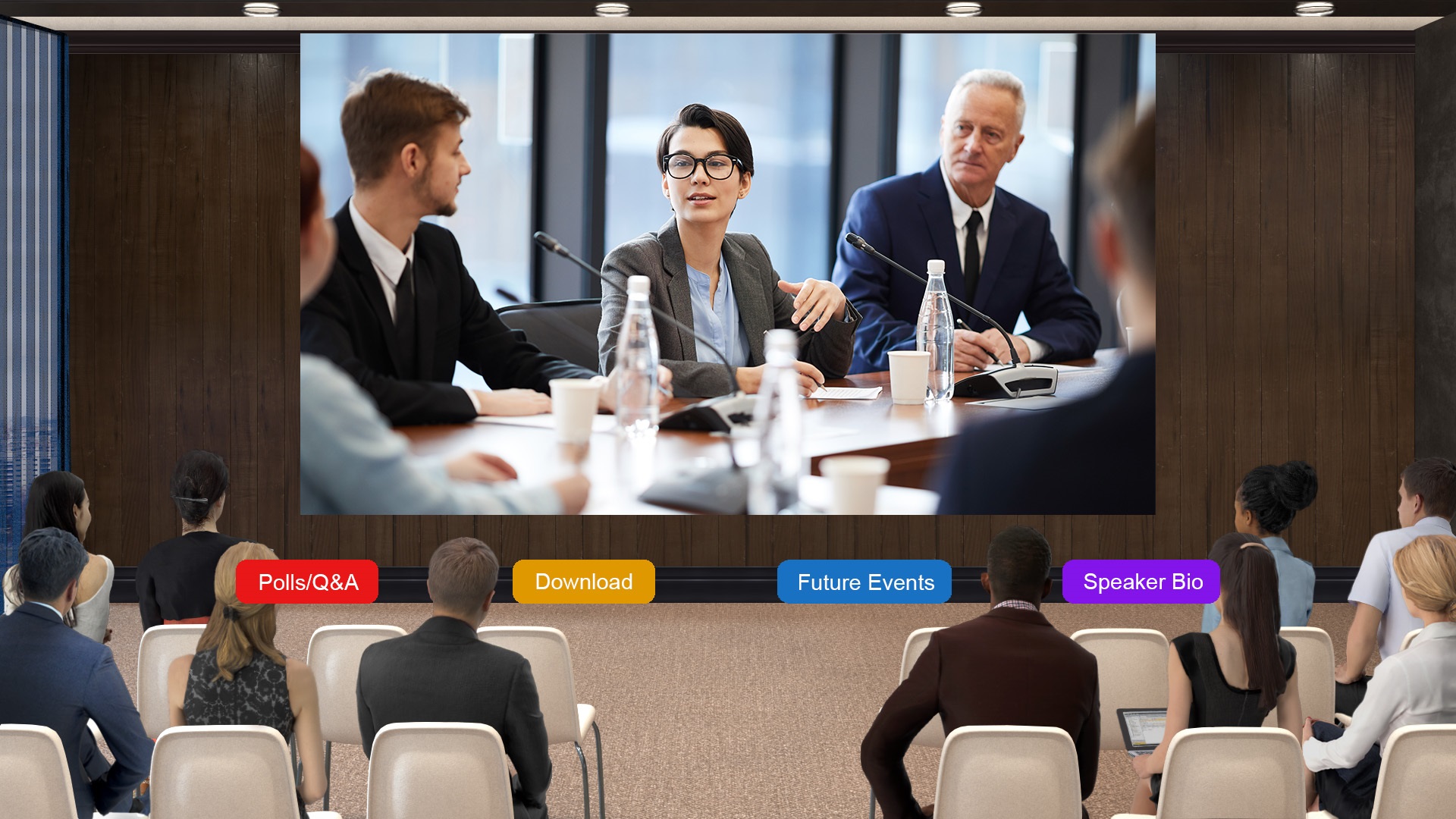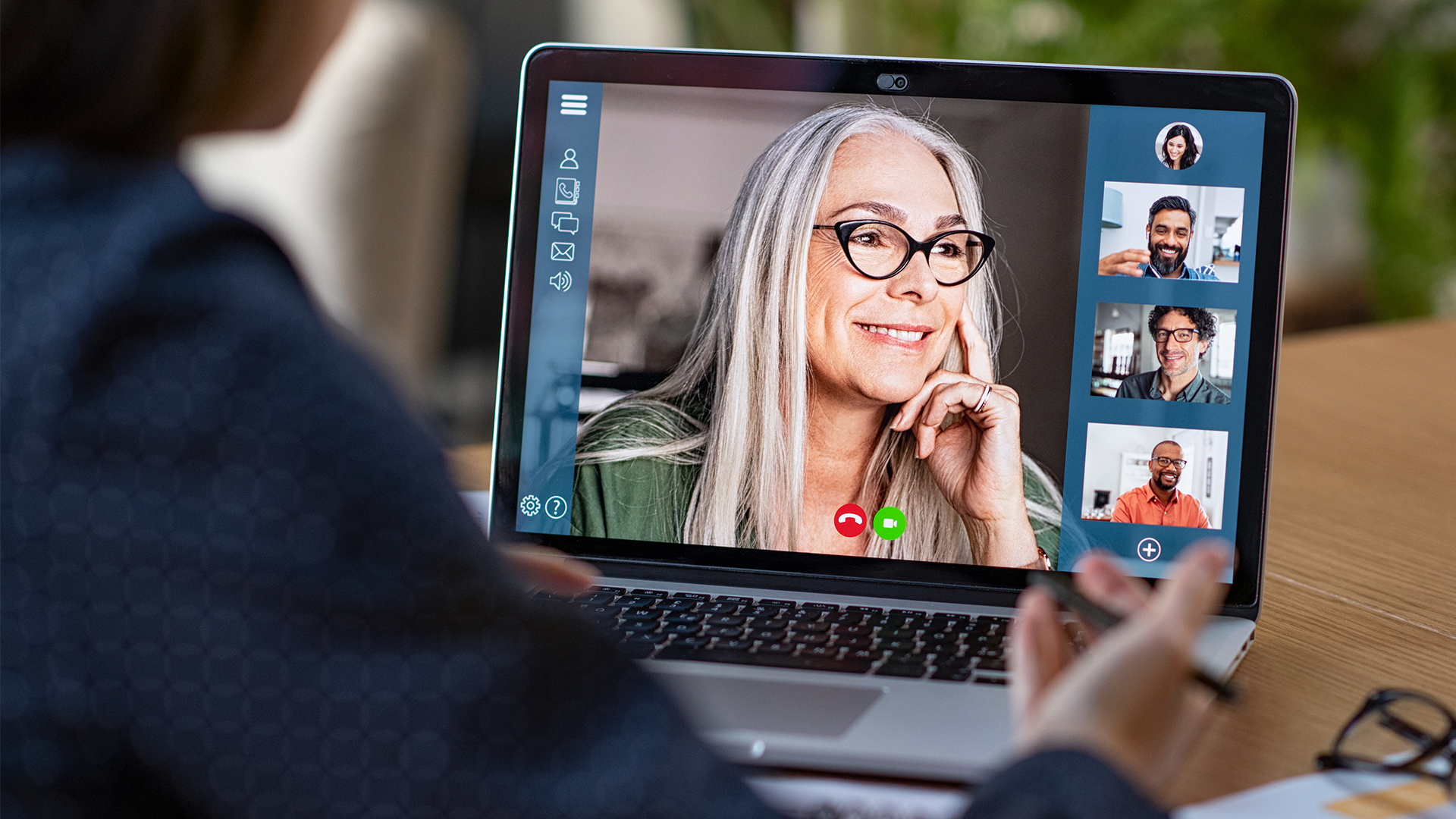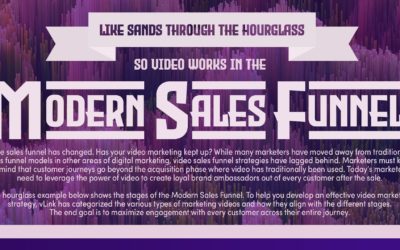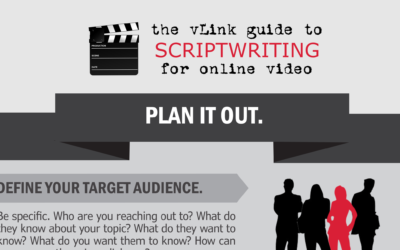
Webinars are standard fare for general audiences, but how do you host virtual events that engage clients and prospects representing millions of dollars in potential revenue? At this level, the game changes. Expectations increase. Production value must elevate. Engagement is paramount.
When your company is playing in the big leagues, a single event attendee can represent a six- or seven-figure deal. A standard webinar is not going to cut it. Hosting a virtual event is like inviting clients and prospects into your organization. It is a virtual first impression. The production value of your online events directly reflects the level of your company’s service and quality (whether you want it to or not).
The pressure is on for marketers and event planners to figure out how to build long-term relationships with top-tier prospects and customers virtually. This requires a shift from video conferencing technology to live-streamed virtual event experiences.
Unlike webinars, live-streamed virtual event experiences provide an immersive environment. Every decision regarding a virtual experience must answer the question, “how does this enhance audience engagement?”
If your event feels like a webinar, attendees will treat your event like a webinar. They will likely turn off their cameras, multi-task, and mentally check out. They may not even stay until the end. Yikes.
Below are four strategies to elevate your virtual events to engage the most prized six- and seven-figure prospects and clients.
1) Give attendees ownership over their virtual space
One way to make VIP attendees feel engaged is to give them ownership over their virtual space. It is easy to pop into a webinar unnoticed, especially if there are multiple attendees.
Acknowledge that they entered the virtual space with a virtual registration desk similar to what you would find at a live event. By virtually checking in attendees, their presence has been acknowledged and recorded. They have officially ‘arrived’ at the event. They need to feel like they are attending an event, not just watching it.
Invite attendees to further participate by setting up a profile. An online profile grants attendees ownership and helps them take up virtual space at the event. Once attendees have registered, you can be intentional about reaching out to them personally during the event. Help attendees feel further connected by keeping them up to speed during the event through tailored push notifications.
When attendees actively participate via chat, networking, polling and Q&A, they are more likely to engage. Each engagement is an additional virtual space they have ownership over. Offer group chat and networking sessions to let the attendees meet and greet each other and your team. Use one-to-one chat when a top-tier client or prospect joins the virtual event. Their presence should be acknowledged. Virtual exhibits are another great tool to encourage engagement. Use gamification with real-time reporting to challenge your attendees to fully participate.

Attendees are more engaged during a virtual event if they have the freedom to make choices. This shift toward more desire for choice echoes the changes that have already occurred in the B2B buying journey. The B2B buying journey is moving largely toward a self-service model. Buyers want to be in control of finding answers and solutions by navigating the content of their choice. According to McKinsey, two-thirds of buyers prefer remote human interactions or digital self-service.
Buyers feel more comfortable when they are in control of the sales process. B2B buyers want to choose the content they consume to aid in their decision-making. Instead of offering a one-hour webinar where every attendee sees the same content, offer multiple simultaneous sessions.
Give attendees freedom of movement as well. Allow attendees to navigate to different virtual ‘rooms’ to engage with each other and varying live content. Include an interactive exhibit hall where attendees can meet in real-time with sponsors. Engagement increases when attendees have to make active decisions during an event.
3) Prioritize production quality
There is a huge difference between a standard webinar and a well-produced live-streamed virtual event experience. It all comes down to production value. A web camera and web conferencing platform are not enough to produce high-quality video. Video is compressed on these platforms. Next-level live virtual events stream at full 1080DP up to 4K video. Event attendees notice the difference.
“We’re used to high-quality productions, and when we look at a screen, we bring those quality expectations to virtual meetings and sales discussions as well,” Mike Dickerson writes in the Forbes article ‘A Guide To Today’s B2B Buyer.’
Increase engagement by skipping the dreaded “screen share” webinar presentation. Instead, think more like a news broadcast producer. It is okay to share slides, but make sure it doesn’t look like a typical screen share. Slides can be overlaid with live streamed video, for instance.
Next-level virtual events also leverage multiple cameras, moving shots and branded backgrounds. Filming a live event in a studio provides options that mimic the feel of an in-person event. This may include having a podium for a speaker or a table and chairs for an interview-style segment.
Live streamed video can also include motion graphics, such as lower thirds, animated slides, and picture-in-picture graphics. All of these elements combined create a more immersive experience.
4) Personalize content before, during and after the event
When you know your audience, you are able to personalize content. Give your VIPs special access to exclusive content during an event.
When the event is over, follow up with custom content based on how attendees engaged during the event. Which attendees were the most engaged? What sessions did they attend? How long did they stay? Who attended the session on a sneak peek product session? Segment your email list and send session attendees a tailored message about upcoming product launches, for instance.
“To capture a buyer’s attention, organizations need a comprehensive, clear understanding of potential customers, including an anticipatory knowledge of their distinct needs. Data is your greatest tool in accomplishing this,” says Dickerson.
Search vLink’s Resources, News, and Events
vLink Solutions is always adding new tips and tricks, case studies, infographics, and more.
Humor Works for Revegy – Case Study
It’s always a good day when our friends over at Revegy, creators of an account-based sales execution platform, give us a call to produce some content. They were in search of a fun and entertaining way to highlight and overview their software using visuals and...
Discover the Modern Sales Funnel: Infographic
vLink Solutions designed this modern sales funnel and infographic as a roadmap for businesses and organizations looking to leverage video marketing.
The vLink Guide to Scriptwriting for Online Video: Infographic
So you want to make a video to support a new product, program or campaign? Video marketing can be the most effective way to reach your audience. According to Business Insider, the number of people watching videos online reached 244.4 million in 2020 and is only going...
3 Steps to Make Your Video Scripts Irresistible
Scriptwriting is one of the most important steps of the video production process. It is also the step that we find companies struggle with the most. While many adults have been schooled in writing, script writing is a different skill altogether. Poor script writing...
Make Hybrid Events Worth Every Dollar for Virtual Attendees
Published in Smart Meetings on 6/9/22. The average price for a paid virtual event is $443. Are virtual attendees seeing value? It depends. “To demand a fee, digital events must boast compelling content and a seamless experience. According to Kim Myhre, founder of...
How Hybrid Events Have Evolved—and 9 Ways to Prepare for What’s Next
We asked 11 top event professionals for a widespread view of what works now in hybrid event production—and what needs to happen to make this an effective, long-term event format.






